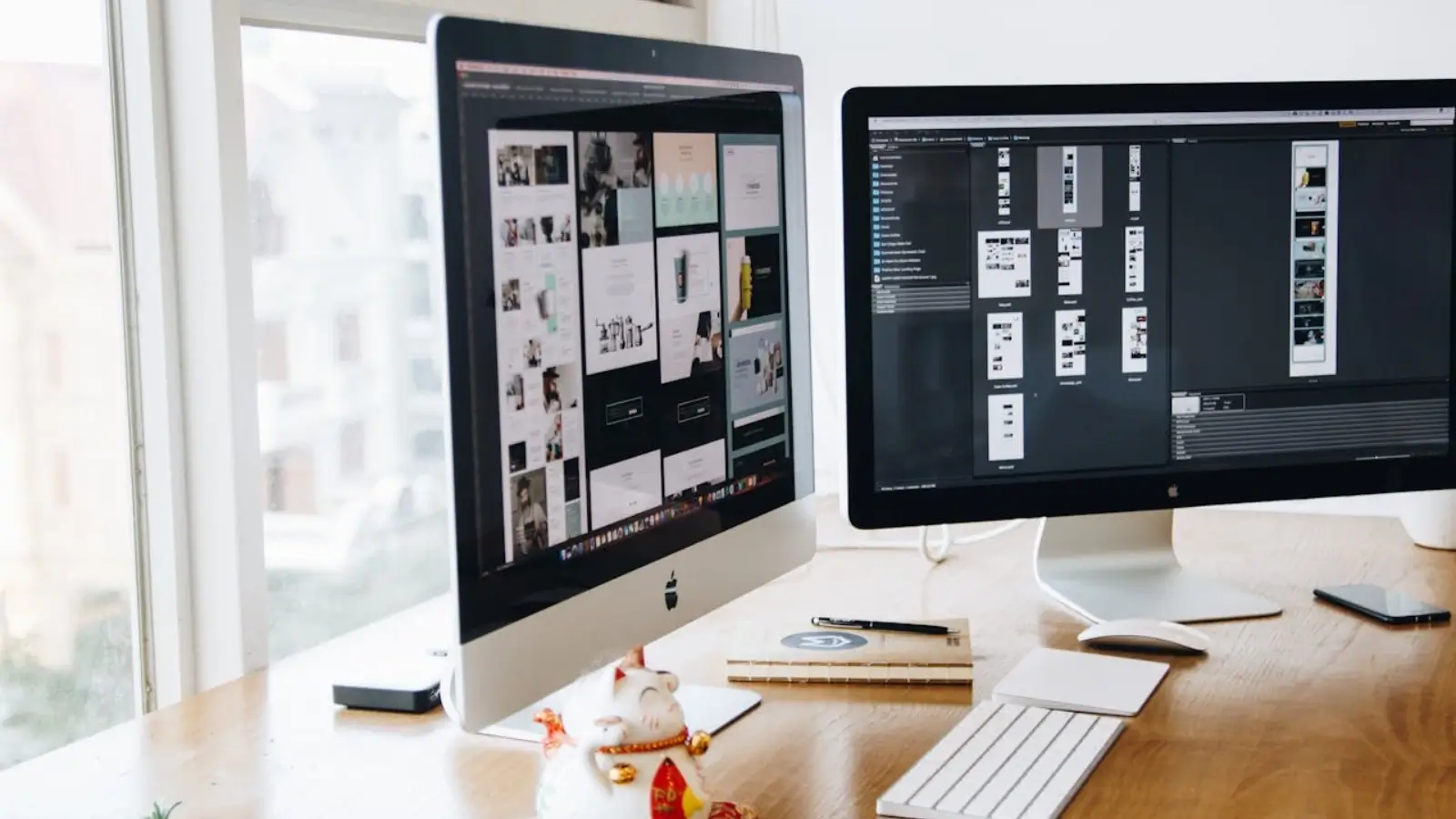


Do you want your images to boost your SEO? Clear and sharp images can help your content rank better. But you need the right tools to edit them fast and well.
Many SEO professionals now use image editing to improve site speed and user experience. Simple changes like cropping or compressing can make a big difference.
The good news? You don't need to be a design expert to do this. Read on to learn about the best image editing that can help your SEO today!
Using images on your website can help boost your SEO. Search engines like websites that use helpful and clear images. Always add alt text to your images so search engines know what they show.
Use keywords in the image file names to make them more SEO-friendly. Make sure your images load quickly by keeping file sizes small. This helps your site load faster, which improves your rankings.
To make things easy, you can try this - a website editor that lets you upload, resize, and add alt text to images in just a few clicks.
Choosing the best image editing tool can save time and improve your SEO workflow. Look for software that supports popular formats like JPEG and PNG. Make sure it lets you resize and compress images without losing quality. Tools with built-in SEO features, like alt text editing, can be very helpful.
If you often edit in bulk, pick one that allows batch processing. Cloud-based editors are great for easy access and sharing. Some tools also offer templates for social media and web use. If you need your designs printed for real-world use, services like Printmoz can help turn optimized graphics into eye-catching physical marketing tools. Try free versions first to see if they meet your needs. Always go for a tool that is easy to use and fits your budget.
Large image files can slow down your website. That can hurt your SEO ranking. Use editing tools to resize images before uploading them. Choose dimensions that fit your layout without being too big. Most tools let you resize by pixels or percentages.
Make sure to keep the aspect ratio to avoid stretching. Smaller file sizes load faster on all devices. Some tools even offer preset sizes for web and social media. Test your images on different screens to check quality. A well-sized image keeps your site looking sharp and running fast.
Compressing images helps your website load faster. This improves user experience and search engine rankings. Use tools that reduce file size without ruining image quality. Look for settings like "lossless" or "high-quality compression." Some tools let you compare before and after sizes.
Try to keep your images under 100 KB when possible. Test different formats like WebP or JPEG for better results. Avoid over-compression that makes pictures look blurry. Many editors offer one-click compression to save time. Smart compression keeps your visuals clear and your site fast.
Choosing clear file names helps search engines understand your images. Use relevant keywords that match your content. Avoid using random numbers or default camera names. Include your main keyword in the file name. Separate words with hyphens, not underscores.
Keep file names short but descriptive. Avoid stuffing too many keywords. Rename files before uploading to your website. This small step can improve your SEO performance. Organized names also make managing files easier.
Alt text helps search engines understand what your image shows. It also helps users who rely on screen readers. Use simple and clear language when writing alt text. Include important keywords naturally. Do not stuff too many keywords into one alt tag. Make sure the text matches what's actually in the image. Describe the main subject of the image first.
Keep the description short but useful. Avoid phrases like "image of" or "picture of." Write different alt text for each image on a page. Good alt text improves accessibility and SEO. Image editing tools often include options to add alt text easily.
Editing many images one by one takes too much time. Bulk editing saves time and boosts efficiency. Many image editing tools let you apply changes to multiple files at once. You can resize, rename, or compress images in one step. This is helpful when updating a website with many pictures. Bulk editing also keeps your image sizes and styles consistent.
Consistency helps your site look more professional. Some tools even let you add watermarks or filters in batches. This is useful for branding and protecting your content. Use tools that support presets or templates for faster work. Always check your edits before uploading the images. Bulk editing is a smart way to manage SEO-friendly visuals.
Page speed matters for both users and search engines. Large image files can slow down your site. Use editing tools to compress images without losing quality. After editing, check how fast your images load. Tools like Google PageSpeed Insights can help. Test your images on both desktop and mobile views.
If loading is slow, try reducing the file size again. Choose the right format like WebP or JPEG for faster speed. Some editing tools offer speed tests or optimization tips. Always preview your site after uploading new images. Fast-loading images improve SEO and user experience.
Image changes can affect your SEO results. It's important to track how your edited images perform. Use tools like Google Search Console to monitor image traffic. Check if your images appear in search results. If traffic increases, your edits are working. Track file names, alt text, and image sizes over time. Look at bounce rates and page speed too.
These give clues about user experience. You can try this after uploading a new set of images. Compare before-and-after data to see improvements. If results don't improve, adjust your strategy. Tracking helps you make smarter image choices for SEO.
Using the right editing tools can help boost your SEO. These tools make your images look better and load faster. They also help you add keywords and rename files easily.
Good image edits can improve user experience and search rankings. Simple changes can lead to better online results.
Visit our blog for more!